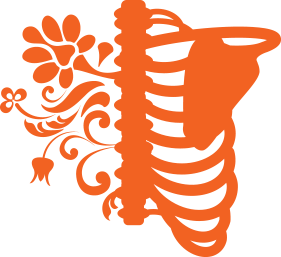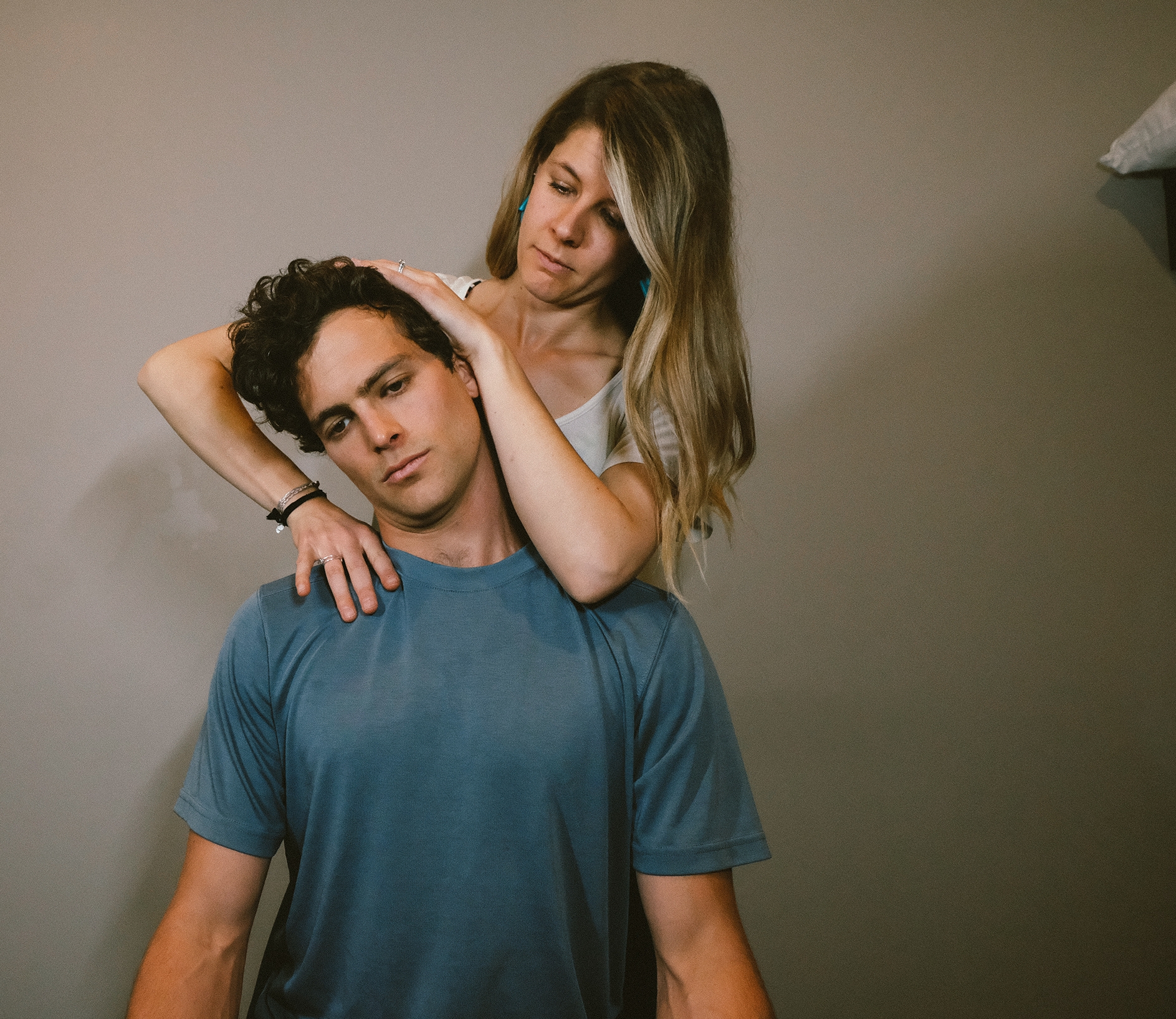
The McKenzie Method of Physical Therapy
Grassroots is a unique for its use of the Mckenzie Method of physical therapy in its diagnosis and treatment.
Becoming an MDT physical therapist requires over 130 hours of continuing education and passing a national exam. The Mckenzie Method is used to efficiently assess all musculoskeletal conditions including back pain, neck pain, headaches, and extremity pain (knee, hip, shoulder, elbow, etc.). The goal of this treatment method is to empower patients to understand, treat, and manage their own symptoms so they can return to daily and recreational activities as soon as possible.
Understanding Symptoms with the McKenzie Method of Physical Therapy
Having symptoms can be scary, whether it’s pain, weakness, numbness or stiffness. The physical therapists at Grassroots act as interpreters to help you understand the “message” your body is eliciting through physical symptoms. Most symptoms are mechanical in nature, meaning they result from abnormal forces and tissue loading. We are trained to assess the relationship between a patient’s movements and symptoms to choose the most appropriate and efficient treatment tools and strategies so that you can recover quickly. By understanding the mechanical nature of your issue we are not only able to help you overcome your current pain, but we will provide education to help mitigate and manage any future episodes.
““We must realize that after injury, the body will repair itself. Physicians and therapists do not have ‘magic fingers’, we do not accelerate healing, but we can create the best climate for successful repair and, following repair, we can assist greatly in the recovery of function. Undisturbed healing must be followed by the recovery of function and fitness.””






